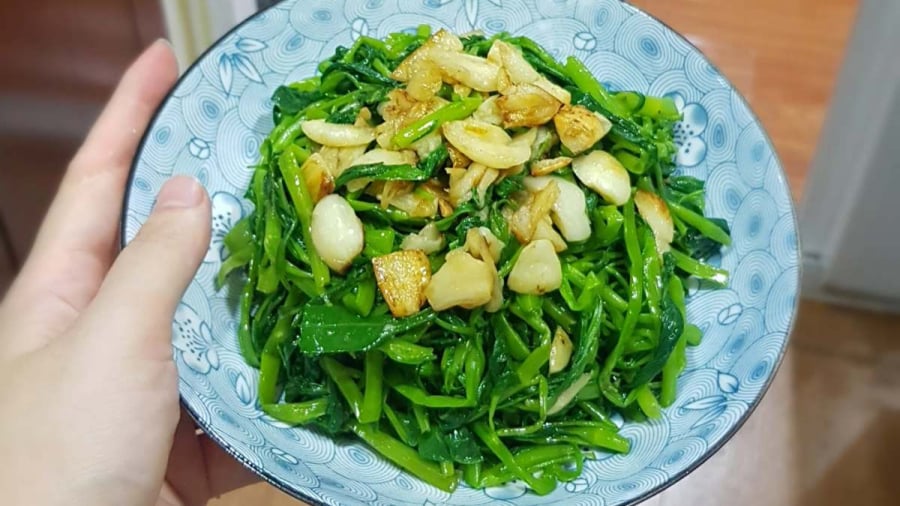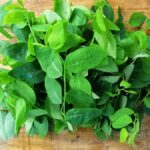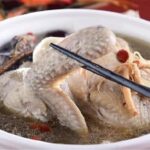Water Spinach’s Nutritional Value
Water spinach, a creeping herbaceous plant, thrives in muddy waters or on land. Its long, hollow stems are a distinctive feature. For water-bound plants, short roots form at each joint, clinging to the stem.
In traditional Chinese medicine, water spinach has a mild sweet taste and a cooling property. It is believed to detoxify the body, improve digestion, and treat constipation and frequent urination. Folk medicine utilizes this vegetable to prevent and cure common ailments. According to The Star, 100 grams of water spinach contains 90% water, 3 grams of fiber, 3 grams of protein, vitamins C and E, fats, and minerals such as iron, zinc, and magnesium. This affordable and ubiquitous vegetable offers numerous health benefits. Consuming water spinach is advantageous for those with anemia, osteoporosis, low blood pressure, and pregnancy, and it also reduces the risk of constipation.

Water spinach is a staple in Vietnamese cuisine, with a variety of delicious preparations such as boiling, stir-frying, salads, and soups. However, not everyone is suited to eating this vegetable.
**Four Groups Who Should Avoid Water Spinach**
**Individuals with Open Wounds**
People with open wounds or suffering from pain should refrain from consuming water spinach. It can stimulate cell growth, leading to scarring and increased itching as new skin forms. Therefore, it is advisable to eat water spinach only when wounds have healed, and the skin has fully regenerated.
**Gout and Kidney Stone Patients**
Water spinach is contraindicated for individuals with gout, kidney stones, urinary tract infections, or high blood pressure. If you experience any unusual symptoms after consuming water spinach, it is essential to discontinue its consumption immediately.

**Arthritis Sufferers**
Arthritis patients are advised against consuming water spinach, as it can exacerbate their condition.
**Those with Weak Digestive Systems**
The parasite Fasciolopsis buski, commonly found in water spinach, can easily enter the body if the vegetable is consumed raw or undercooked. Individuals with weak digestive systems may experience symptoms such as indigestion, abdominal pain, and allergies due to this parasite.
What Are the Health Benefits of Perilla Leaves? Who Should Avoid Consuming Them?
Perilla frutescens, commonly known as perilla or tia to, is a versatile herb with a plethora of uses beyond its flavorful profile. With a rich history in traditional medicine, perilla is more than a culinary herb; it is a powerhouse of nutrients that boosts overall health, strengthens the immune system, and aids in the treatment of various ailments.
“The Powerhouse Root: A Natural Wonder for Men’s Health”
The loach, also known as the “river loach”, is a popular freshwater fish commonly found in rural areas. This humble fish is a nutritional powerhouse, offering a plethora of health benefits. With its delicate flavor and abundant nutrients, the loach is a true delicacy and a staple in many cultural cuisines.






































